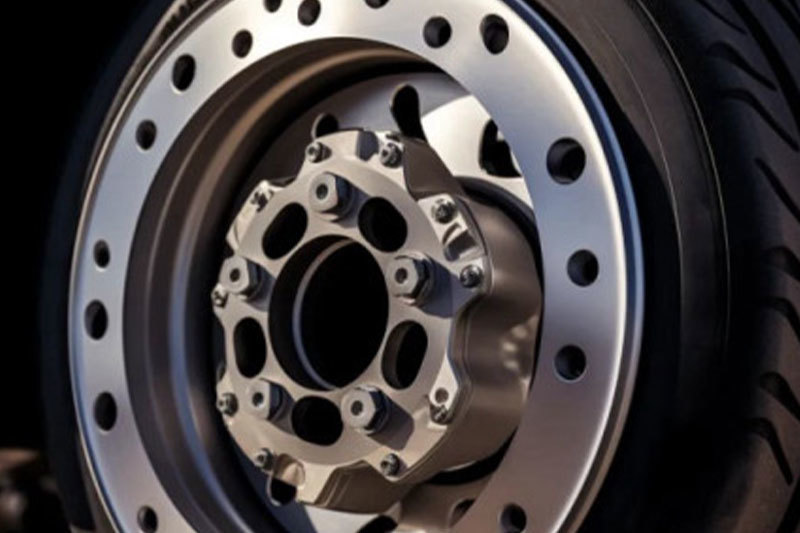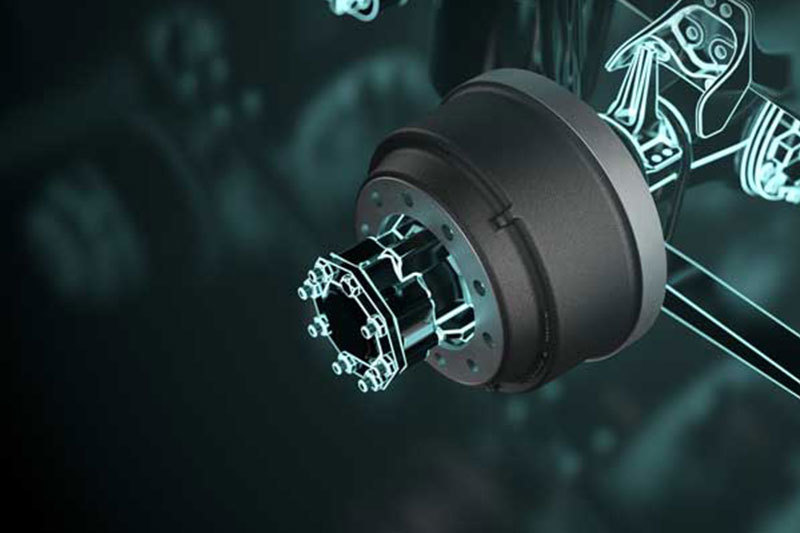Working principle of the braking system
Release Time:
2019-03-25
The general working principle of a braking system is to prevent the rotation or tendency of rotation of the wheels by using friction between a non-rotating component connected to the vehicle body (or chassis) and a rotating component connected to the wheels (or drive shaft).

The general working principle of a braking system is to prevent the rotation or tendency of rotation of the wheels by using the mutual friction between a non-rotating component connected to the vehicle body (or chassis) and a rotating component connected to the wheels (or drive shaft).
The working principle of the braking system can be illustrated by a simple schematic diagram of a hydraulic braking system, as shown in the figure on the right. A metal brake drum with an inner cylindrical working surface is fixed to the wheel hub and rotates with the wheel. On the stationary brake backing plate, there are two support pins supporting the lower ends of two arc-shaped brake shoes. The outer cylindrical surface of the brake shoe is fitted with friction pads. The brake backing plate is also fitted with a hydraulic brake wheel cylinder, which is connected to the hydraulic brake master cylinder mounted on the chassis by an oil pipe 5. The piston 3 in the master cylinder can be operated by the driver through the brake pedal mechanism.
When the driver depresses the brake pedal, compressing the brake fluid, the wheel cylinder piston, under the action of hydraulic pressure, presses the brake shoe against the brake drum, causing the brake drum to reduce its rotational speed or remain stationary.
Keywords:
More News













